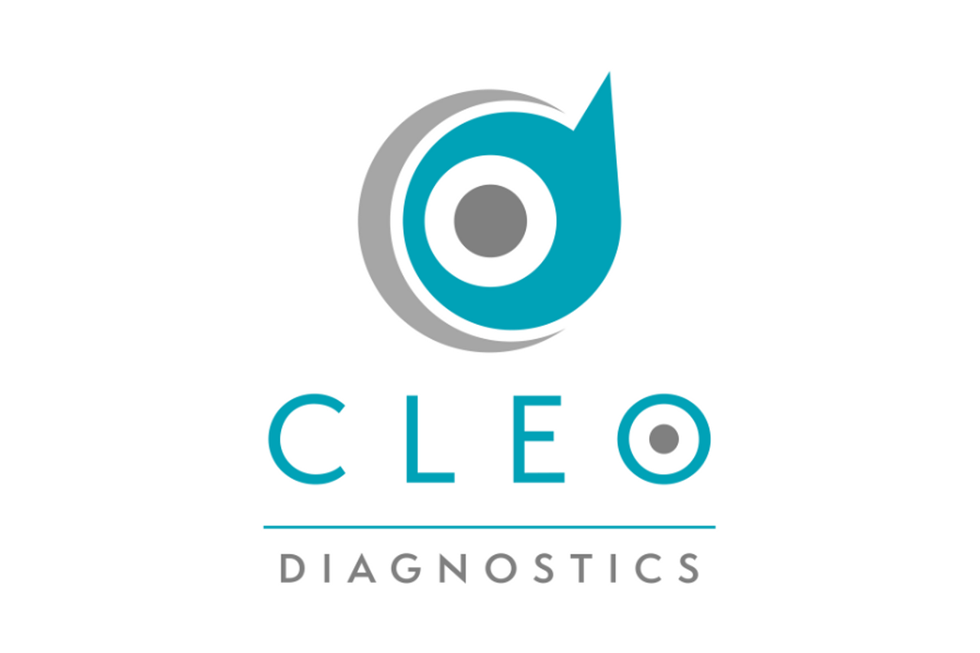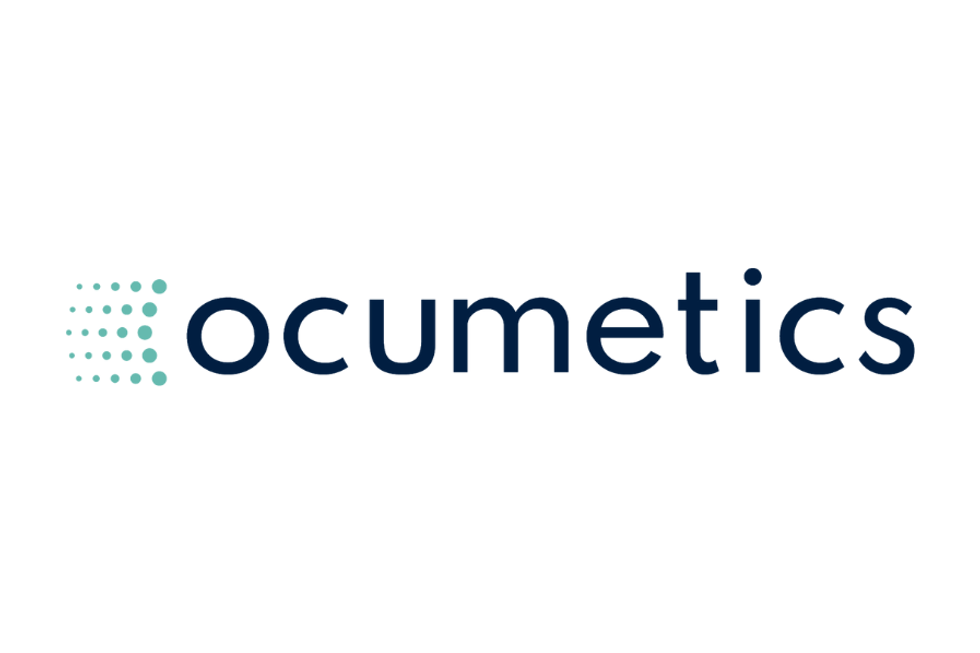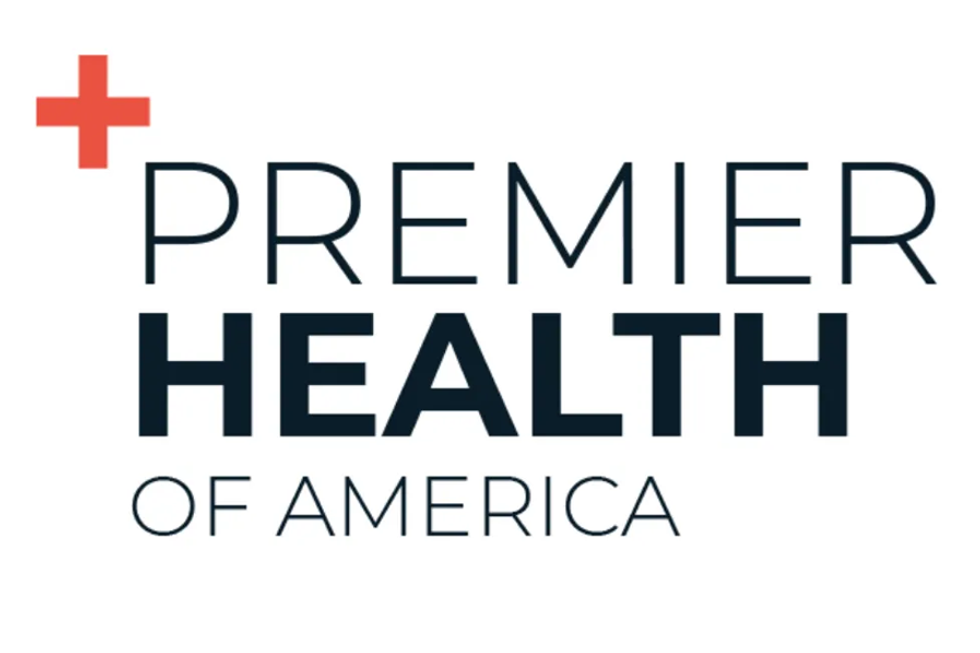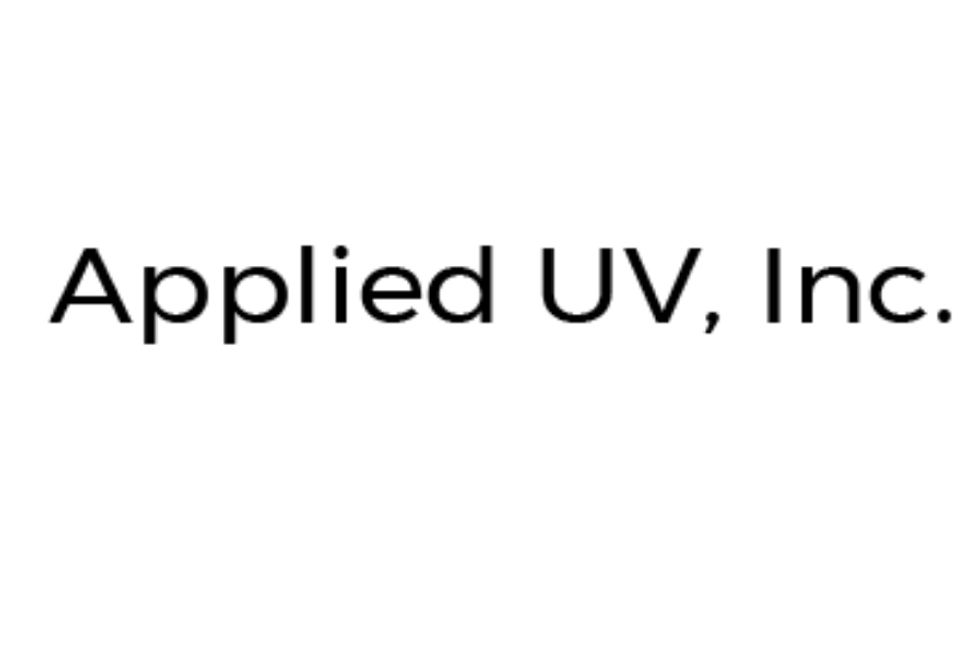Medical Device Trends 2017: Doubts on Policy and the Rise of Cyber Threats

A market currently estimated to be worth $389 billion worldwide medical devices enjoyed a positive developing year in 2017. However, the issue of taxes is still present and played a role in the expectations for the market moving forward.
A market currently estimated to be worth $389 billion worldwide medical devices enjoyed a positive developing year in 2017. However, the issue of taxes is still present and played a role in the expectations for the market moving forward.
In the medical device sector, there is no question as to who the key players in the industry are. Names like Medtronic plc (NYSE:MDT), Johnson & Johnson (NYSE:JNJ), GE Healthcare (NYSE:GE), and Philips’ (NYSE:PHG) health tech division dominate the space and establish trends within the entire sector; where they go many follow.
This is what allows medium and small companies to work on novel areas and attempt to satisfy high unmet medical needs.
This year’s Global Market for Medical Devices report adjusted the projections for the future in this industry. While growth continues–thanks in part to the continued rise of emerging market–it’s no longer to the same level that was previously expected.
“Emerging markets again helped to boost company revenues but the double-digit growth of past years is no longer widely forecasted,” the report said. “The US economy recovered somewhat, yet in Europe as well as the United States reimbursement challenges and the threat of new legislation looms.”
A July 2017 report from Zacks indicated the entire industry wants new policymakers, who in their eyes will help improve the FDA regulatory process and get rid of the medical device tax.
“Upon analyzing the Zacks Industry Rank for different Medical Device segments, it can be said that the outlook for these aforementioned MedTech subsectors is overall unclear,” the report said.
The power of emerging markets in the device field
Overall in the medical field, new markets –previously irrelevant to the major path of development– have grown exponentially in recent terms. The need for medical care has grown and allowed a fresh batch of opportunities for major players in the medical device sector, alongside mid and smaller ones looking for international partnerships.
In research and data terms, “emerging markets” represent locations where the growth of an industry is beginning to take place where before it wasn’t as prevalent. The biggest emerging market in the life science sector is China, which officially joined the major markets this year.
A chart from Statista showed the substantial increase the Chinese market has demonstrated in the size of its medical device market since 2001. In 2013 the industry leaped to $32.6 billion worth in size, from $26.2 billion the year before. Now at the end 2017, the reach of the industry is projected to reach $58.6 billion.
The strongest annual growth forecasted in the Global Market for Medical Devices signals Greece, Macedonia, Sri Lanka, Kazakhstan and Bolivia as the countries poised to see the biggest growth in the coming years.
The Trump administration effect
The presidency of Donald Trump has impacted nearly every aspect of the life science market. With medical devices, in particular, there’s an added caveat and arguably the biggest issue facing this market–a tax that has caused much debate on its value and place within the industry.
Investors should be ready for any talks on suspension or removal of the tax in this area to be a cause of celebration for medical device manufacturers in the public space next year.
Challenges to security of medical devices with new technologies
During 2017 the industry faced a new challenge in the way of cyber threats and full attacks on the security of medical devices. Due to the growth of devices with wireless connectivity capabilities, cybercriminals are more capable of putting lives in direct danger.
A report on the Financial Times indicated although the industry sees the increased connectivity in devices as a positive, it also recognizes the risk it presents. A new bill in the US Senate seeks to gain support in establishing mandated tests and increased protections for remote access points.
“Without this legislation, insecure and easily-exploitable medical devices will continue to put Americans’ health and confidential personal information at risk,” Sen. Richard Blumenthal, the bill’s promoter, said.
Expansion throughout the market thanks to consolidation and collaborations
During the past year of business, we noticed a variety of significant mergers and acquisitions across the industry. These transactions allow major companies to sell divisions of business they may not be as enticed to develop. Smaller players and their investors can see their day in the spotlight if they are acquired for their innovative tech.
Abbott (NYSE:ABT) played a significant role in the acquisition area by getting Alere (NYSE:ALR) and the previously public manufacturer St. Jude Medical. Johnson & Johnson acquired Abbott’s medical optic business for $4.3 billion. Additionally Boston Scientific (NYSE:BSX) bought Swiss manufacturer Symetis SA for $435 million.
BioSig Technologies (OTCQB:BSGM) told INN via email that the company had entered into a 10-year collaboration with Mayo Clinic.
“Strategic collaboration with the number one hospital that is Mayo Clinic is arguably one of the biggest endorsements any life science company can receive,” Kenneth Londoner, CEO and Natasha Russkina, VP of business development and corporate finance told INN.
The seeds of surgical robotics fully taking over were planted in 2017
The medical device market lives and dies on innovation while its major players seek to create advantages in their devices for established products. New technologies or methods can be costly and in the end, may face rejection from the regulators in the US and Europe.
One sub-sector that has grown substantially and may take another major leap in 2018 is surgical robotics. Medical operations aided by mechanic systems operated by medical staff to conduct cleaner and even potentially safer surgeries.
Intuitive Surgical (NASDAQ:ISRG) has been a dominant force in this market, but this year was the first where its potential competition took a new step up. On October 13, 2017, TransEnterix (NYSE:TRXC) saw its stock value skyrocket after the FDA cleared its 510(k) application for their Senhance Surgical Robotic System.
This industry is going against the tide as in it trying to tell medical officials with years of practice on tried-and-tested methods. This is a challenge that David McNally, president, and CEO for Titan Medical (TSX:TMD; OTCQB:TITXF), told INN will change with enough time.
“We acknowledge that surgical robotics will not be for all surgeons but we do see it as a growing wave of adoption and one that we believe will grow to meet market expectations in the years to come,” McNally said.
Don’t forget to follow us @INN_LifeScience for real-time news updates.
Securities Disclosure: I, Bryan Mc Govern, hold no direct investment interest in any company mentioned in this article.
Editorial Disclosure: BioSig Technologies is a client of the Investing News Network. This article is not paid for content.





